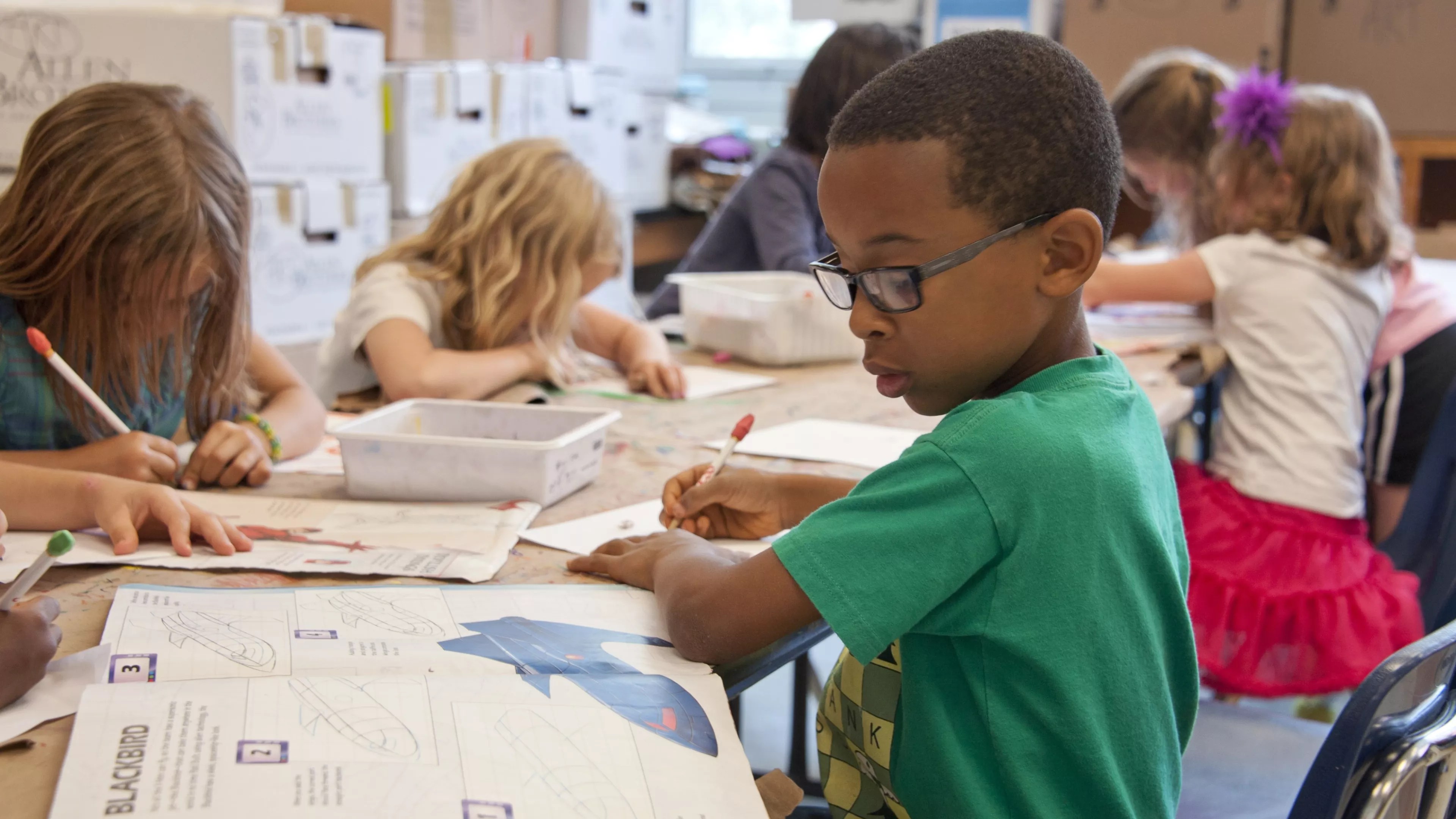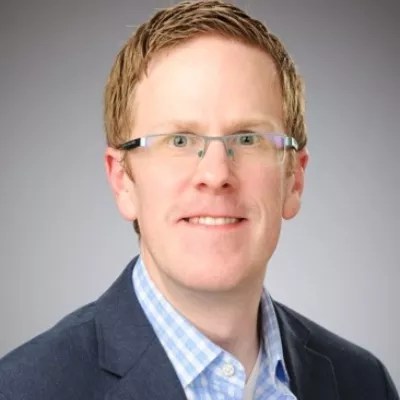

Audio By Carbonatix
Denver Public Schools has been hit with criticism over the system put in place for possibly closing or consolidating some of the district’s more than 200 schools in the face of enrollment declines – fallout from slowing growth in the Mile High City. As reported by Chalkbeat, complaints include a lack of transparency and hurdles to participation for Spanish-speaking parents.
A Denver Public Schools spokesperson stresses that any shutdowns are still more than a couple of years away. Meanwhile, two advocates working with DPS on the issue say that equity for all of the district’s more than 90,000 students will be at the forefront of any moves, even as they acknowledge that closures, should they happen, will be painful for everyone concerned.
“It’s very hard to work on for decision-makers,” notes Brian Eschbacher of Eschbacher Consulting LLC, who collaborates with districts facing similar problems across the country; his firm’s mission is “to increase equity of access to high quality schools for all students.” He admits that “it’s really challenging to work through this, and I have a lot of respect for folks who are trying to do this. And it’s something we really need to talk about, because it’s a challenge that’s not going to get better, unfortunately.”
“The district recognizes this problem and has started a process,” adds Pat Donovan, managing partner at RootED Denver, which is focused on closing equity and opportunity gaps across Denver. “Maybe they’re a little behind when they should have started, but they’re putting energy and resources behind it. Community members and DPS staff and various leaders are working on this and will be making the hard recommendations on what has to be done.”
DPS media relations manager Scott Pribble provides the following overview of the situation: “At the Denver Public Schools regular Board of Education meeting on January 20, 2022, Superintendent Dr. Alex Marrero announced a plan to develop a committee to look into closing or consolidating some schools due to an anticipated 6 percent decrease in enrollment over the next five years. The Declining Enrollment Advisory Committee is currently developing recommendations on how the district should address ongoing declining enrollment.
“The committee is made up of family members, students, community partners, school leaders, teachers and staff, and central office leaders,” Pribble continues. “The committee is not only looking at the data, but also listening to the community. Any school selected for closure would not close until the end of the 2023-2024 school year. You can learn more about the work that the committee is doing and find minutes from previous meetings on the Declining Enrollment Advisory Committee website.”
Meanwhile, Pribble adds, “DPS announced a temporary hiring freeze on all current Central Office and field services vacancies” last month.
The consistent narrative over recent years has been that Denver’s population is booming. However, recent figures from the U.S. Census Bureau reveal that Denver and several other counties in the greater metro area lost population from 2020 to 2021 – a development that comes as no surprise to state demographer Elizabeth Garner, interviewed for our recent series on growth. The peak for births in the United States was 2007, Garner says; Colorado is currently recording about 8,000 fewer births than during that year, and the fallout from this development is already being felt.
“If someone was born in 2007, that would make that person somewhere between fourteen and fifteen years old,” Garner explains. “But that means there are fewer thirteen-year-olds, fewer twelve-year-olds and fewer eleven-year-olds. Once those fourteen- and fifteen-year-olds age, we’ll see absolute declines behind them in terms of total people in Colorado. And that also means fewer people going through the education system. Right now, K-12 schools are looking at that, because that’s the population affected.”
Eschbacher underscores this last observation: “It’s hard to have a K-12 student when you don’t have a five-to-eighteen-year-old living in the city.”

Pat Donovan is a managing partner with RootED Denver.
In conjunction with Donovan and the RootED team, Eschbacher is considering such statistics from every conceivable angle. “Sometimes, we look from the inside out: How many kids did we have last year? With the 2020 Census data, we’ve been looking from the outside in, to see if we’re missing something in terms of the way students are going to private schools, being home- schooled, attending charter schools in another district,” he notes. “But the Census shows that there’s been a reduction in the number of children living in the city of Denver.”
He compares Denver to “Austin, Nashville, New Orleans – cities that are very dynamic. There are a lot of housing price increases, because often these are the best cities to live in. But even though there are tons of adults moving in, there’s been a reduction in the number of students. So this isn’t just a DPS story, but a city story.”
Nonetheless, Donovan interjects, “the district has certainly seen a decline in student enrollment, and there’s a need to look at that from a pure, pragmatic standpoint. There are just not enough students to support the basic educational needs in some schools. You have to have a certain number of students to provide the programming, a certain number of teachers, support staff, professional counselors. There are a number of schools that are dipping below that enrollment, predominantly concentrated in the northwest, southwest and central parts of the city.”
The ripples of these issues are being felt beyond the individual facility level. “If you have one school that’s under 300 students, you have a minor challenge,” Eschbacher says. “But if you have an entire region, like the southwest part of Denver, with fifteen or twenty schools in that situation, you’ve got a significant challenge.”
Before opening up his own consulting firm, Eschbacher served as DPS’s executive director of planning and choice, and around the time he left the position in 2017, “you’d see schools with enrollment that wasn’t where you wanted it to be,” he recalls. “But that’s gone from one school to five schools to ten schools to fifteen schools to entire regions of the city, and that can really change the student experience. Parents don’t want to hear that their child’s school is being used to balance a billion-dollar enterprise, but your child being at a small school isn’t necessarily a good thing. Class sizes might be all over the place. You might have a huge class and a tiny class. You might only have one second-grade teacher who has no one to plan with. You might not have art and music teachers and nurses and mental-health providers that children want and deserve in a post-COVID environment.”

Brian Eschbacher is a consultant working with Denver Public Schools.
There are other impacts, too, “and you can connect those up with what’s going on at the city level,” he continues. “If pretty much every school in entire parts of the city is too small, that creates a challenge for the whole system. We were starting to talk about that five years ago, but there was this cognitive dissonance – this idea that with all of these high-rises going up, the schools were going to be overflowing. But kids are not living in those apartments. Those are one-bedroom apartments going for $2,100 a month, and if the people living in them wanted to raise a family, they’d be buying a house.”
Donovan emphasizes that smaller schools don’t affect the entire DPS population equally. “The majority of the students in these schools are students of color, low-income students,” he notes. “And recognizing that the pandemic has had such a significant impact on those students to begin with, there’s additional pressure on serving them. Many of them are already so far behind other students in terms of their academic performance and other challenges that they have in education – and this isn’t a problem we’re seeing with their more affluent peers.”
Tackling such issues “requires approaching them with a lens of equity in mind, and a lot of creativity and nuance when it comes to problem-solving,” Donovan contends. “If you’re just looking at numbers of students and budget dollars, you’re going to end up with an inequitable outcome. But if you bring an equity lens to this and look at creative solutions, you may be able to create a better educational outcome. Two small schools that combine into one smaller school could end up being ‘one plus one equals three.’ So I think there’s a path to do this. It does require some sacrifice from a building perspective, and there’s a lot of history and tradition in those buildings. But if the community can be part of the process, along with the district, I think there are opportunities for good outcomes for students and families.”
Click to read our three-part series on Colorado growth: “Almost Everything You Think You Know About Colorado Growth Is Wrong,” “Surprising Reasons Why Colorado’s Growth Is Slowing,” and “Why Denver Could Face a Slowing Growth Crisis This Decade.”